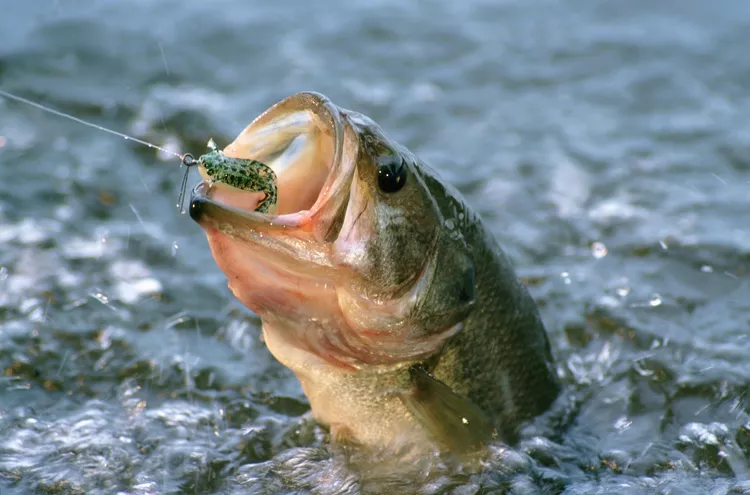Learn Whether or Not It’s Okay to Leave a Hook in a Fish
One of the most critical elements of effective catch and release is the proper technique for unhooking a fish. The ease of this task can vary based on the fish species and how the fish was hooked.
Take It Easy — Be Quick, But Safe
When removing a hook, it is vital to do so gently. Avoid jerking or ripping actions, as these can cause significant injury. Tugging at a hook may lead to tearing the flesh within the fish’s mouth, which could result in bleeding or infections. Additionally, roughly pulling out the hook could damage the jaw or maxillary.
Generally, removing hooks is easier with barbless designs compared to barbed ones. In both cases, remember to back the hook point out rather than simply grabbing and pulling. While it’s important to act quickly to minimize stress on the fish, one must also be careful to avoid self-injury.
When using your fingers to remove a hook from a fish, extreme caution is advised. The potential for accidentally hooking yourself increases significantly if the fish moves unexpectedly. This risk amplifies when dealing with multi-hooked lures or treble hooks. Always be mindful of sharp body parts, such as gill covers and fin spines, as they can inflict painful cuts that may lead to infection.
Use a Tool
Anglers have access to various tools specifically designed for multiple tasks, including hook removal. Long or needle-nosed pliers are particularly popular among freshwater anglers and are effective for midsize and treble hooks. Their tapered heads allow them to fit well into a fish’s mouth, making the extraction process easier.
For small hooks or flies, a standard or angled-head hemostat proves effective. While these tools may not suffice for larger fish with sharp teeth, other specialized devices with long arms and gripping triggers are available. Jaw spreaders are quite useful for keeping the mouths of toothy fish open during unhooking, allowing a single angler to manage the process more effectively. However, selecting the appropriate size for the fish is critical to avoid damaging the fish in the process.
Hook In or Hook Out?
The decision on whether to remove a hook that has been deeply embedded in a fish is often debated among anglers. This issue is particularly relevant in the context of bait fishing. Traditionally, the advice was to cut the line and leave the hook inside the fish to prevent risk of internal damage during extraction. Studies indicate that survival rates can be significantly higher—sometimes two to three times better—if the hook remains in place.
However, corrosion of hooks can occur, especially in saltwater environments, and in some cases, hooks may pass through the anal vent. While leaving a hook in the fish may be necessary at times, a deeply embedded hook can puncture vital organs within the stomach. If a hook rests above the gills or esophagus, the situation is less critical. Ultimately, whether to cut the line is a decision that should be made by the angler based on the specific circumstances, including the fish’s condition, the length of the fight, and the tools available.
Moreover, unhooking a deeply hooked fish can be complicated by factors such as mouth size, fish strength, and tooth presence. When two anglers collaborate—one controlling the fish while the other focuses on freeing the hook—they can effectively reduce the time required for unhooking and minimize the need for resuscitation. In challenging situations, having an extra pair of hands can be extremely beneficial.





